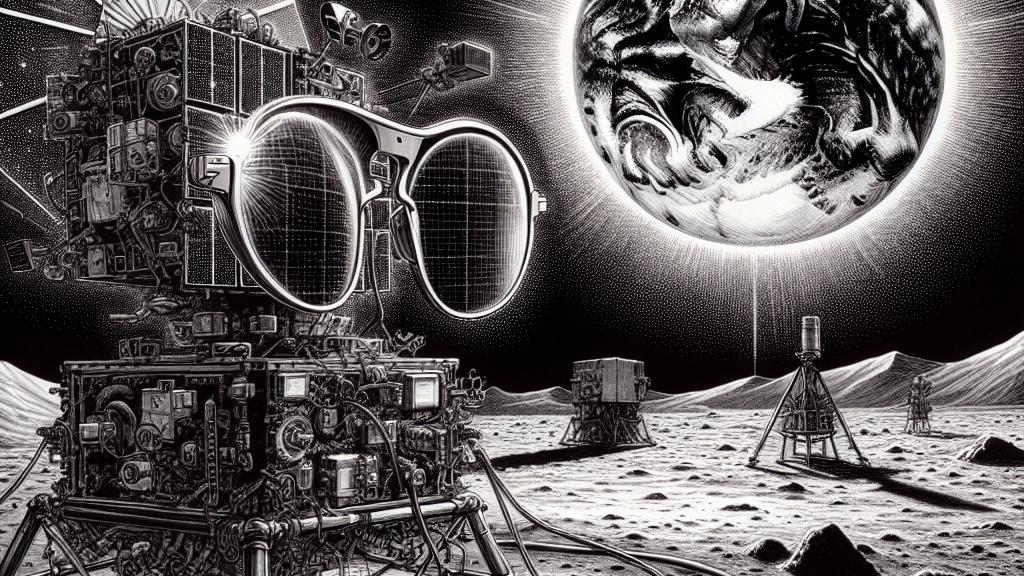NASA's New X-ray Tool to Explore Earth's Magnetosphere
Overview
- NASA's LEXI will transform our understanding by capturing revolutionary global images of Earth's magnetosphere.
- This mission is pivotal for uncovering the complex dynamics of space weather and its effects.
- Findings from LEXI could greatly enhance our ability to safeguard essential technology on Earth and beyond.

What LEXI Will Do
Imagine a cutting-edge instrument, like an advanced camera, making its way to the moon with one goal: to deliver the first-ever global images of Earth's magnetosphere. This isn’t just a science project; this is NASA's Lunar Environment Heliospheric X-ray Imager, or LEXI, on an exciting mission set to launch from the Kennedy Space Center in Florida. After it gracefully lands on the moon, LEXI will direct its powerful sensors back to Earth, where, for six continuous days, it will capture low-energy X-rays emitted from the edges of our protective magnetic shield. It’s akin to using high-tech sunglasses to view how our planet fends off the sun's dangerous radiation. By obtaining these images, LEXI will allow scientists to see exactly how our magnetosphere interacts with solar winds, providing insights that could shape future explorations into space.
The Importance of Understanding Space Weather
Why is the study of space weather so crucial, you ask? When vibrant solar winds collide with Earth's magnetic field, they can create dazzling auroras that light up our skies in brilliant colors. However, there’s another side to this phenomenon; these powerful space storms can disrupt vital technologies. Imagine satellites losing communication or power grids malfunctioning during a solar storm, which can affect everything from GPS navigation to your favorite streaming services. By gathering and analyzing large-scale images of the magnetosphere, LEXI will offer invaluable information to decode these cosmic interactions. Brian Walsh, a key figure in this mission, emphasizes how this project will make complex science visible and relatable for everyone. It’s not just about data; it’s about telling a story that everyone can connect to and engage with!
Learning From Past Missions
LEXI's journey isn’t entirely new; it builds upon the experiences gathered from previous missions, particularly an earlier instrument called STORM. Though STORM collected essential data on X-rays, it lacked the comprehensive perspective needed to grasp the complexities of our magnetosphere. Recognizing this gap, NASA revived and enhanced this technology, allowing LEXI to observe our magnetosphere from a unique lunar vantage point. As LEXI operates, it will track the magnetosphere's response to the solar wind, monitoring how it expands and contracts—like breathing in and out. This critical understanding could lead researchers to address pressing questions about how these forces interact, delivering insights that may protect satellites, power infrastructures, and ensure humanity remains secure in a technologically dependent world. By bridging the past with the future, LEXI promises to unravel the mysteries of space in ways we’ve never imagined!

Loading...